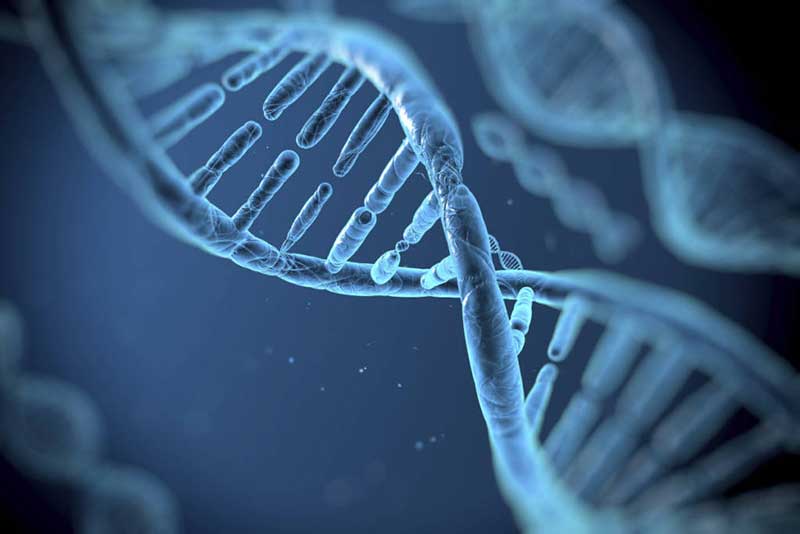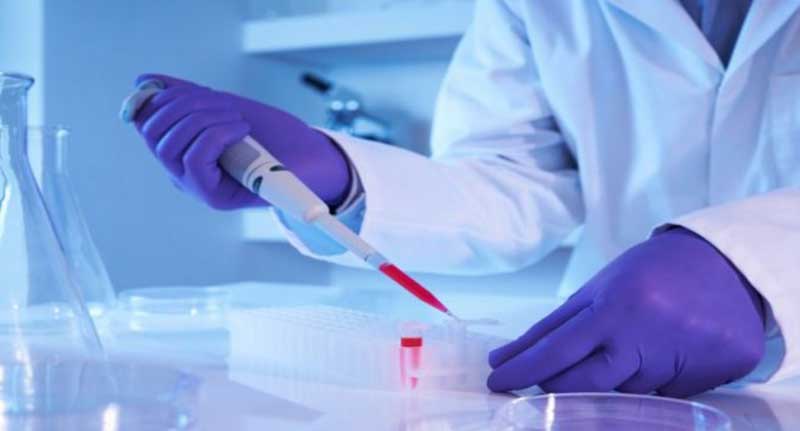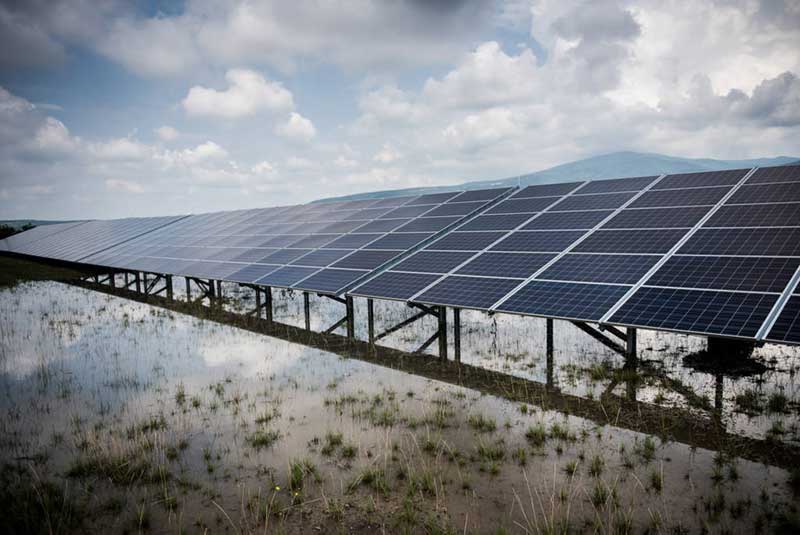- We are slowly but surely winning the fight against disease and ageing
- The world is becoming hyper-connected
- Major milestones for renewable energy putting an end to ‘king coal’s’ reign
- Continuing to make the world a better place
Although never completely devoid of risk, technological and scientific advancements promise groundbreaking and innovative solutions to the most pressing challenges humanity faces today. The breakthroughs discussed in this article are poised to significantly improve our lives in many ways. Some of these developments are creative uses of existing technologies, while others are completely new breakthroughs. This overview includes new weapons in the fight against disease and the extension of human life as well as advancements in stem cell research, global connectivity and the decreasing costs and resultant growth of renewable energy.
We are slowly but surely winning the fight against disease and ageing
Although it may still seem like we have a long way to go, the end of disease and ageing is actually closer than you think. Researchers and scientists have been showing some incredible progress with breakthroughs in gene-editing techniques like CRISPR, but also with immunotherapy and STEM cell research.

CRISPR
Breakthroughs with the CRISPR gene-editing technique – which is expected to be used on humans in the near future – include the eradication of Sickle Cell Disease in mice by editing their faulty DNA sequences, which points the way forward to save the lives of hundreds of thousands of people. And n China, a team of scientists from the Sichuan University were the first in the world to treat a human cancer patient with the CRISPR/Cas9 gene-editing system. Moreover, the NIH (National Institute of Health) recently approved a project led by a team of physicians at the University of Pennsylvania’s School of Medicine. They intend to use the CRISPR-Cas9 technique to modify the immune cells of 18 cancer patients suffering from sarcoma, myeloma and melanoma.
Immunotherapy
In immunotherapy, the patient’s immune system is manipulated to help her own body fight cancer. Doctors remove immune cells – in this case, T-cells – attach receptor molecules to them that have the ability to target cancer, and insert the cells back into the patient. In one study, the symptoms in 94% of participants with ALL (acute lymphoblastic leukaemia) disappeared. Researcher Stanley Riddel said, “This is unprecedented in medicine, to be honest, to get response rates in this range in these very advanced patients.” Researcher Chiara Bonini said: “T-cells are a living drug, and in particular they have the potential to persist in our body for our whole lives.”
Stem cell therapy
In a small clinical trial by a team of professors at the Stanford University School of Medicine, 7 out of 18 stroke victims who agreed to stem cell therapy – in which adult stem cells were injected into the brain – have shown remarkable motor function improvements. Some patients were even able to walk again. This treatment could also work to combat other neurodegenerative conditions such as Parkinson’s disease, Lou Gehrig’s and Alzheimer’s.
As part of another experimental trial, doctors from the USC Neuro-restoration Center and Keck Medicine of USC injected a cocktail of stem and other cells into the damaged cervical spine of a 21-year old man. Two weeks after the procedure, the patient started showing improvement and he is now able to reclaim his independence thanks to improved movement and sensation in both arms and hands.
And a team of biologists in Japan, lead by Kohji Nishida at Osaka University, have discovered how to grow various parts of the human eye, using only a tiny piece of adult skin. They have managed to grow corneas, retinas and lenses. Nishida said: “We are now in the position to initiate the first in-human clinical trials of anterior eye transplantation to restore visual function.”

Life extension
Breakthroughs and studies indicate that we are on the verge of significantly impacting longevity as well. In the past two years, hundreds of millions of dollars have been injected into various companies and research initiatives that focus on life extension technology.
Researchers at the Salk Institute, for instance, conducted an experiment in which stem-cell like conditions were replicated to make human skin cells look and behave young again. Mice with premature ageing disease injected with these cells showed a significant increase in lifespan. Within ten years, the researchers expect to see this technique applied to human trials as well.
In another example, a team of scientists at Alkahest, a company specialising in blood-derived therapies for neurodegenerative diseases, discovered that old mice showed improved physical performance as well as enhanced cognitive functions after being injected with the blood plasma of young humans twice weekly. Overall, the mice showed a 30% percent increase in lifespan – incredible and promising results for human longevity as well.
At the Mayo Clinic, the cell biologists Jan van Deursen and Darren Baker discovered that the life of mice can be extended by 25% through genetic engineering – by systematically removing a category of senescent (living, but stagnant) cells. The findings were published in the medical journal Nature. Although the study is still in its early stages, the breakthrough has the potential to help slow human ageing.
You can read more about the business of longevity in my article: “The human upgrade – Tech billionaires’ quest to defy death” in which I write about the founders of tech giants like Google, Oracle and PayPal who are investing hundreds of millions of dollars into immortality research.
The world is becoming hyper-connected
By 2025, Internet connectivity is estimated to have expanded to include every human being in the world. We are currently online at 1 megabit per second, if not greater, and we have access to whatever we could possibly want access to. For information, we turn to Google. For massive computing power and AI, we turn to IBM’s Watson. For any kind of product imaginable, we go to Amazon. Did we mention crowdsourcing and crowdfunding?
You might have read in our previous articles that Facebook is currently working on their solar-powered drone or ‘Project Aquila’, to provide Internet to the masses. The drone has the wingspan of a commercial airliner, doesn’t weigh more than a car and flies with the power of about three hairdryers. Google has its own solar-powered Internet drones initiative, Project Skybender. They have been testing the 5G-drones with their purported millimeter wave technology in New Mexico and expect to deliver data at speeds 40 times faster than 4G. Elon Musk’s SpaceX is also in the race to becoming the world’s leading Internet provider. He wants to do this by providing high-speed Internet with satellites. The SpaceX System will pass over virtually all parts of the Earth’s surface, which means that even the remotest places “on the Earth’s surface will see, at all times, a SpaceX satellite.”
Then there’s the ambitious OneWeb low-Earth Orbit satellite system, consisting of 900 low cost, ultra high performance satellites. Although the OneWeb system’s ultimate goal is to offer global Internet services in 2019, it will be available for government customers and commercial satellite operators globally as early as next year. OneWeb is currently able to produce three satellites per day, thanks to Airbus aircraft manufacturing technology.
Major milestones for renewable energy putting an end to ‘king coal’s’ reign
Last year, renewable and solar energy became cheaper than coal. The World Economic Forum reported that in over thirty countries, wind and solar energy is now either the same price, or in some cases cheaper, than new fossil fuel capacity. “As prices for solar and wind power continue their precipitous fall, two-thirds of all nations will reach the point known as ‘grid parity’ within a few years, even without subsidies,” it promises. This could very well be one of the most significant developments in human history. The global renewable energy network, REN21, also published a report indicating that 25% of the world’s power now comes from renewable energy.
For the first time in history, in 2016, the UK generated more energy from solar than coal. The country produced approximately 6,964 GWh of electricity from solar cells, which is 10% more than the 6,342 GWh of power generated by coal. Costa Rica ran on 100% renewable energy for a whopping two months last year, while the city government of Las Vegas recently met its goal of 100% renewable power and now runs entirely on renewables. North America’s previously largest coal plant – the Nanticoke Generating Station in Ontario – will soon be replaced by solar farms and tech giant, Google, announced that its entire global business will be running on renewable energy from this year forward. These are just a few examples illustrating the unstoppable global shift towards renewables. Thanks to wind and solar, the coal industry – which was once the backbone of US energy and provided half of America’s electricity needs – is now fading fast. According to experts like David Schlissel of the Institute for Energy Economics and Financial Analysis, coal is not likely to ever recover. He said that coal power generation is being stifled by the massive competition from sources like solar and wind power, the prices of which have decreased significantly.

Continuing to make the world a better place
Throughout history, science and technology have consistently made life better. Incredible, mind-blowing and truly revolutionary breakthroughs happen all the time, improving the lives of billions of people. Technology is powerful and it’s up to the innovators as well as the users to determine its effect on humanity, ensuring it continues to improve our world.
Share via:


